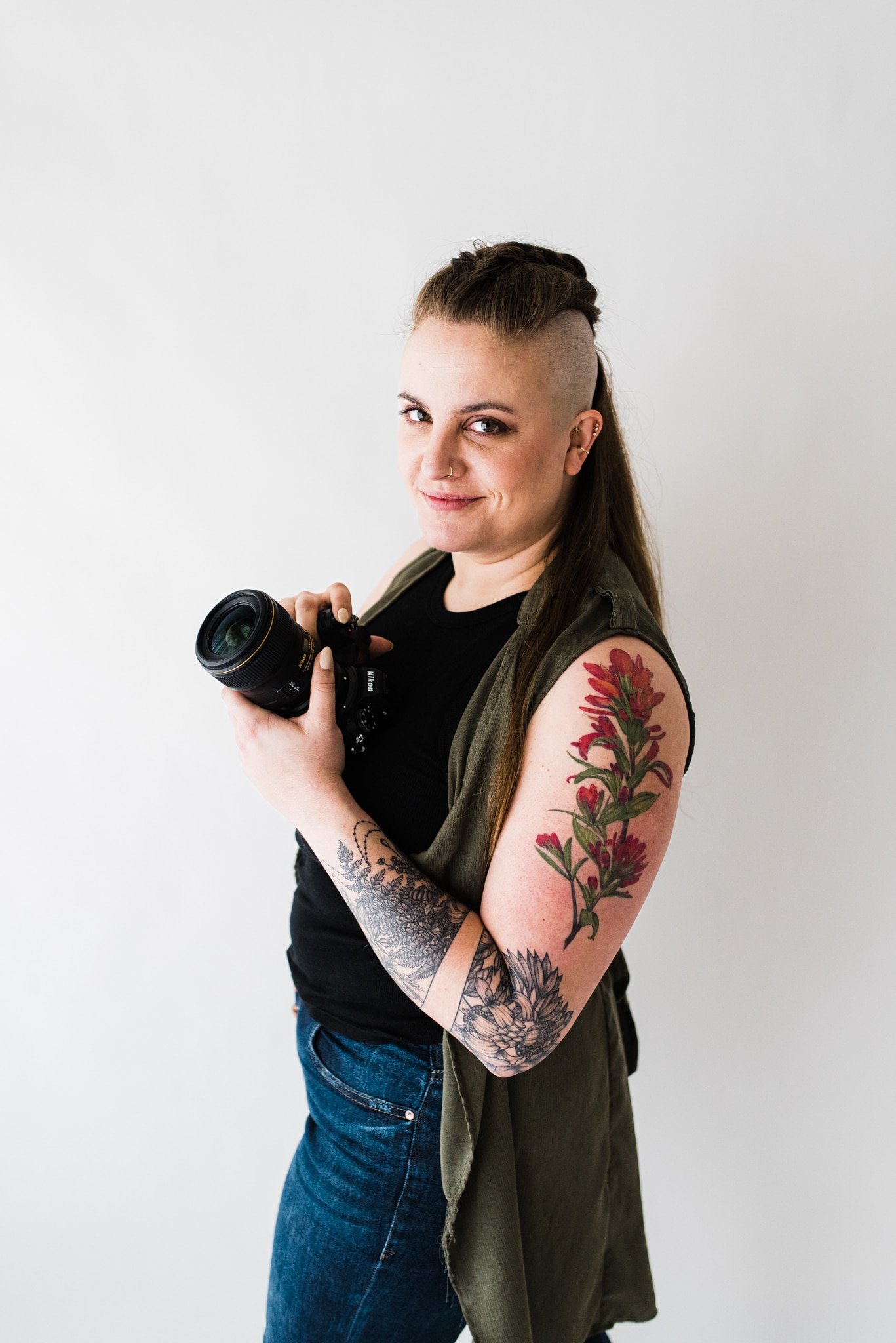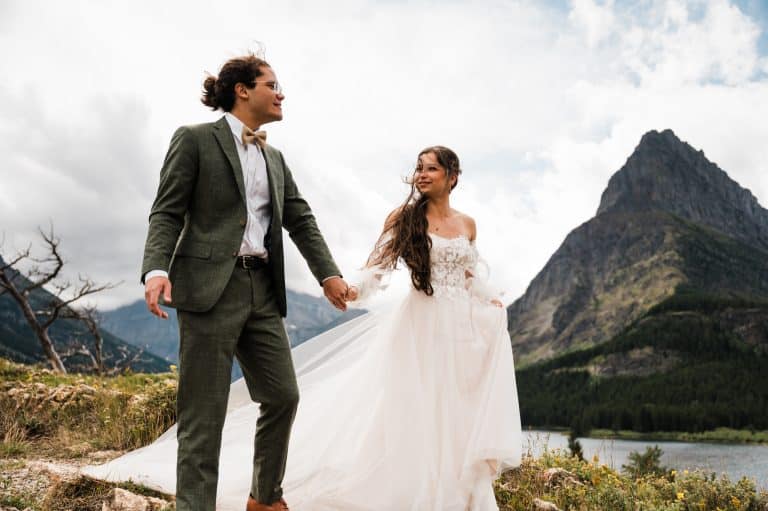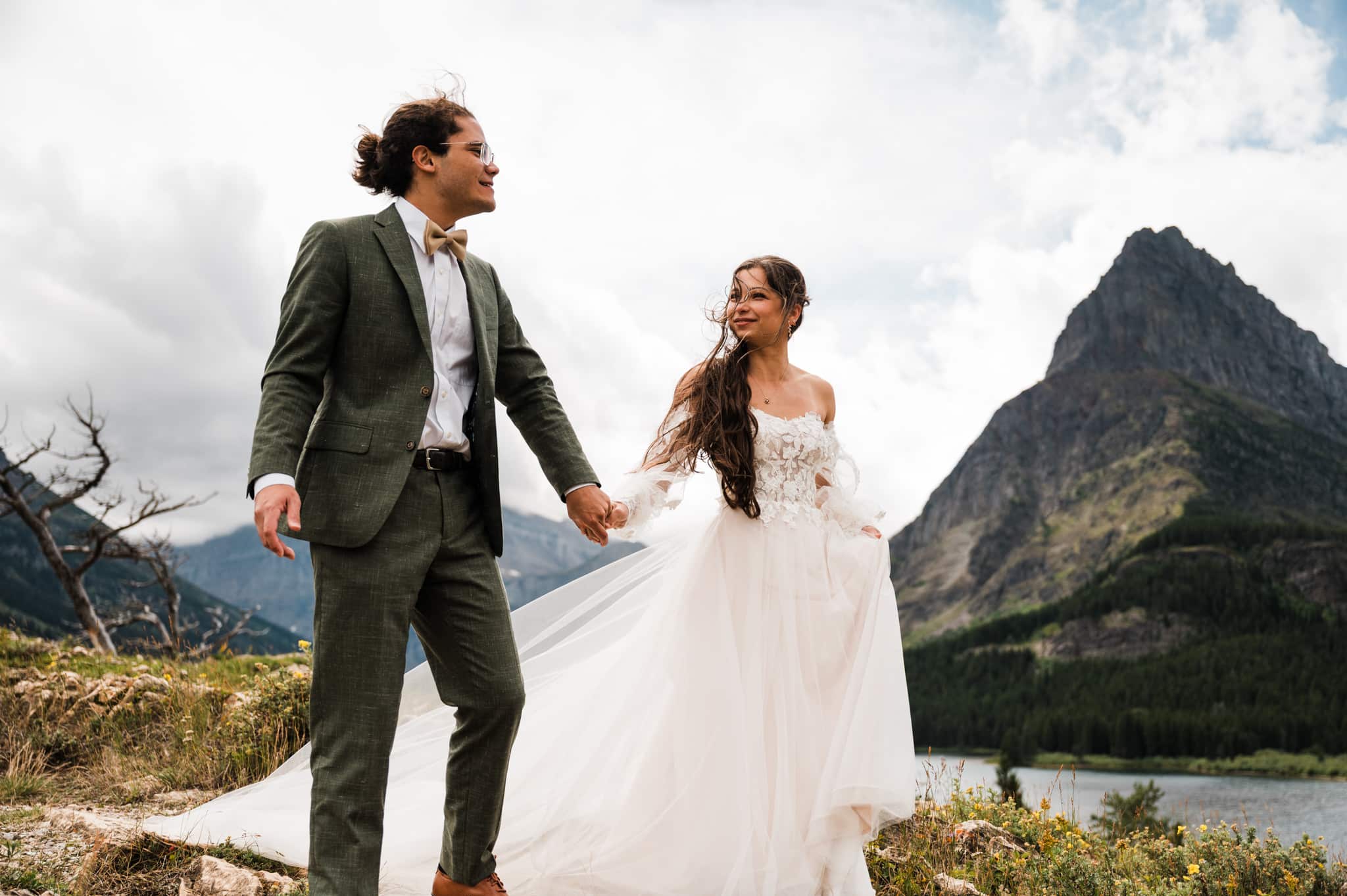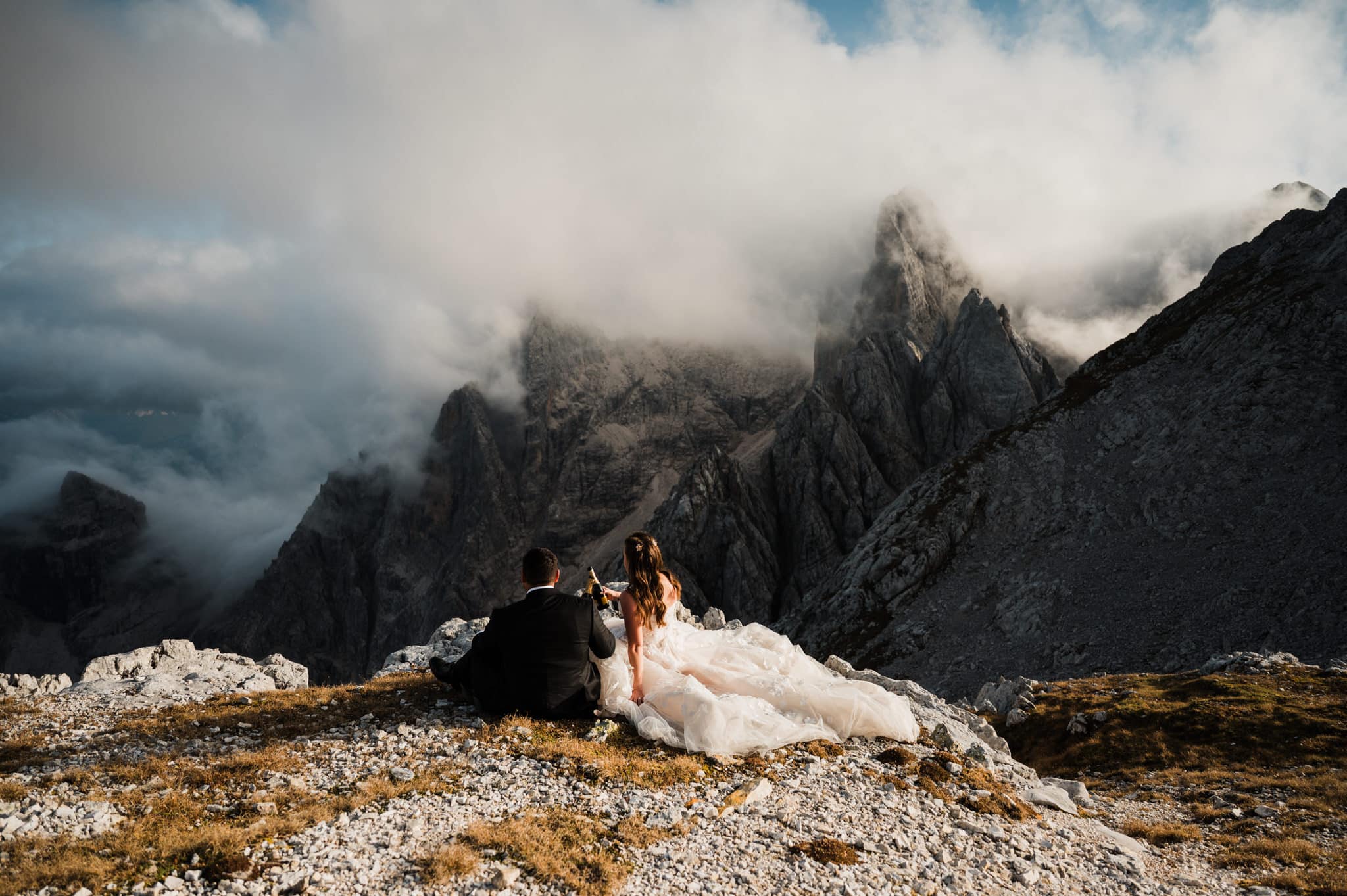5 Things to Know When Eloping in a National Park

sam@samstarns.com @samstarns
5 things you should know when you elope in a national park…
Over the last few years, there’s definitely been rise in people wanting to get married in epic and beautiful locations. Naturally, people are drawn to national parks, and when you think about it, it makes total sense. National parks are the best of the best, and the national park system and government chooses the best of the best to regulate and commercialize to some level. Of course, there are other amazing little known locations, although those often don’t have the vast expanse or possibility for infrastructure like national parks do.
Epic views of national parks come with a lot of tourist aspects that people should know about. If you’re just a visitor, these pieces of information are important. But they’re even more crucial when you decide to elope in a national park. Here are what I consider five of the most important pieces of information if you want to elope in a national park…

1. TO ELOPE IN A NATIONAL PARK, YOU NEED A PERMIT.
First of all, no matter what national park you elope in, you’re going to need a permit that comes from a special permit office and special event office within that particular park. A lot of the time you can submit them via email, but sometimes the park requires you to send them in via post. These permits range in cost anywhere from $100 to $400 or more. The turnaround time for these really varies. I see parks require a minimum of two weeks before the big day, while I also see parks like Crater Lake National Park require at least six weeks turnaround time.

2. CEREMONY LOCATIONS MAY BE LIMITED.
In order to prevent degradation of the environment and topography, the park will often tell you when you apply for a permit, that only certain areas are allowed for ceremonies. This is especially true in parks like Rocky Mountain National Park where the prevalence of intimate weddings has been so big that they only allow you to have ceremonies and yes, even vow renewals in roughly two locations. You might be dreaming of that beautiful view in Glacier National Park up at Logan Pass, but I’m also sorry to report that due to crowds, ceremonies are not allowed there either. Likewise, the same goes with some pristine locations that you may have seen in places like the Redwoods.

3. THE CROWDS.
Because the national park service made these amazing locations so relatively accessible, it stands to reason that people would want to come and visit. I mean, that’s part of the reason you’re interested in the park, right? Most people have traditional weddings on Fridays, Saturdays and Sundays. A lot of the time this is when guests typically are off work and most available. If you think about it, those days are also prime opportunities for visiting parks.
As a result, to avoid the brunt of the crowds at national parks, have a ceremony on a Monday-Thursday. Now that’s not to say that those days won’t be crowded at all, but they will likely be less crowded than Fridays through Sundays.
Crowds are also very huge during holidays. Keep that in mind when you’re thinking about a long weekend on Memorial Day, Labor Day, 4th of July, etc.
***As of 2022, places like Arches National Park and Glacier National Park are trying advance reservation ticketed systems that go like concert tickets, so be advised!***

4. YOUR ELOPEMENT LOCATION IS BEAUTIFUL, BUT IS IT SPECIAL?
Now, I’m going to call out a specific park in this one because it’s arguably the biggest offender. I went Yosemite National Park on a Monday in October (which is the off season). I pulled up to Taft Point to photograph a couple and on our way to the point and the hike back, we saw no less than three other couples in fancy wedding attire with their photographers and entourage in tow. I don’t know about you, but a location that is Instagram famous starts to feel a lot less special when you aren’t the only person getting married there on that day at that time.
I really urge my couples to consider why they’re eloping in a place if it’s really popular. If it really means something to you, then great. But if you’re just going there because it’s Instagram famous (and I really encourage you to think about whether that’s a motivator or not), maybe we can find another place in the park or another park that has similar views that you can discover together as a new location.

5. TIME OF YEAR MATTERS.
I’ve lost count of the couples who have contacted me to elope at Crater Lake National Park and who want to get married there in January or February, but still want epic views of the lake. For those of you who don’t know, Crater Lake is covered by snow for at least six months out of the year. Most of the Rim Drive is not even accessible from mid October through May. In the winter, the lake is obscured almost 80% of the time. The weather creates a trap in the caldera. Fog, mist and clouds often get sucked into it.
If you want to elope at Crater Lake in the winter, then awesome! You just need to be prepared for the potential weather and lack of use. The same goes with a lot of other locations, including Rocky Mountain National Park, Glacier National Park, and The Grand Tetons. Any place that isn’t close to the Equator may have adverse weather, which means anywhere from torrential downpours in the Pacific Northwest to scorching heat in the desert.
There you have it. My top things to consider when eloping in a national park. All these things are what I discuss with my couples to make sure that they have a clear vision on what they want their elopement day to be like.
If you want location inspiration and suggestions that the general public likely doesn’t know about, I encourage you to ask your photographer. An elopement photographer worth their salt will likely know a few locations, if not more.
















